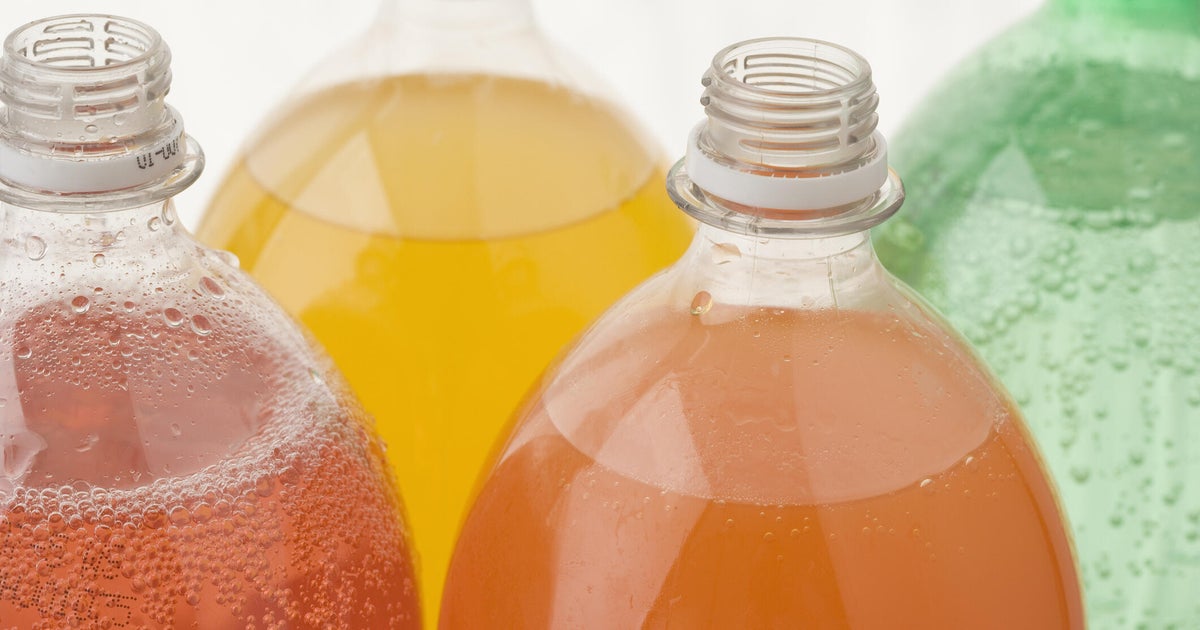

No response returned

Growing concerns about the have led to a banning seven artificial food dyes — but what does this mean for those in other states? And where else are bans in place?
Dr. Céline Gounder, Autos News medical contributor and editor-at-large for public health at KFF Health News, told "CBS Mornings Plus" Wednesday that the impact of West Virginia's move is yet to be seen.
"If this had been California or New York or Texas, that is a different thing, because then you're really having such a big impact on the market. Do manufacturers want to make something different for one state like California versus the rest of the country?" she said. "West Virginia is pretty small, so it's hard to know if this is really just going to mean certain foods just won't be sold in West Virginia, as opposed to separate products being developed for West Virginia."
Nationally, at least 30 color additives are for use in food and drinks, including nine artificial dyes. Those nine require batch certification, meaning the FDA analyzes a sample from each batch of the additive to check if it meets certain requirements before it can be used.
The West Virginia ban is the most sweeping state level food dye regulation in the U.S. and includes:
Starting Aug. 1, these dies will not be in school meals in the state. Starting in January 2028, the dyes, along with preservatives butylated hydroxyanisole and propylparaben, will not be allowed in any foods, beverages or over-the-counter drugs sold in the state.
While you may not know these dyes by name, they can show up in your foods. Red No. 40, for example, can be found in salami, Yellow No. 6 in chicken bullion and Blue No. 1 in canned peas.
Gounder noted that states can follow what's known as the precautionary principle, "which is basically, 'better safe than sorry'" to ban food additives. The FDA, however, needs to go through a scientific process and show evidence of a risk first.
West Virginia Gov. Patrick Morrisey cited Health and Human Services Secretary campaign in a statement released March 24 about the ban.
"West Virginia ranks at the bottom of many public health metrics, which is why there's no better place to lead the Make America Healthy Again mission," he said. "By eliminating harmful chemicals from our food, we're taking steps toward improving the health of our residents and protecting our children from significant long-term health and learning challenges."
Gounder also acknowledged Kennedy's influence.
"It's interesting because this is actually kind of importing European-style regulation to what is a very red, conservative state — so not what you would think of, but I think this is the influence of MAHA," she said. "Frankly, people on both sides of the aisle are really supportive of being healthier in this respect."
In 2023, California became the first state in the U.S. to issue a of Red No. 3 as well as potassium bromate, brominated vegetable oil and propylparaben. The ban starts in 2027.
also signed , taking effect in 2028, that bans schools from serving or selling food and drinks with Blue No. 1, Blue No. 2, Green No. 3, Red No. 40, Yellow No. 5 and Yellow No. 6.
Several other states have introduced varying levels of bans or regulations on color additives, according to the , which advocates for changing industry health standards.
In January, the FDA announced its decision to for one dye, Red No. 3, to be added to foods, after evidence showed a link between the dye and cancer in laboratory animals. Red 3, which is made of petroleum, is what gives a bright cherry-red color to a lot of foods and candies. It has already been banned in cosmetics and topical medications since 1990.
Companies are working to to comply with the FDA's decision. They have until Jan. 15, 2027, to stop using the dye, the agency said.
Hundreds of food brands, including products ranging from candy and fruit cups to snack chips and tomato sauce, have contained Red 3 at some point, according to databases maintained by the and the nonprofit , as well as nutrition labels disclosed by food companies.
At the end of 2024, the FDA said it has not formally reevaluated the safety of , or Red 40 for short, in over a decade. , the former deputy commissioner for human foods, warned at the time their budget was too small.
Children are exposed to Red 40 primarily from drinks, frozen desserts and cereal, according to an published in 2016.
Databases published by the and tally thousands of foods with Red 40. Medications and cosmetics also have it.
In 2011, a panel of the FDA's food advisers voted against a warning like one that for dyes, including Red 40, that says they "may have an adverse effect on activity and attention in children." Most of the advisers said at the time they thought studies fell short of proving causality.
The agency's science board concluded in 2019 that "most children have no effects from consuming foods containing color additives, though some evidence suggested that certain children may be part of a sensitive subpopulation," an FDA spokesperson said.
Gounder said there is "some evidence, at least for some kids" that these dyes can increase certain risks, including hyperactivity, sleeplessness and inattention.
"So especially for those kids where that impact has been seen, and taking those foods away relieves those symptoms, for those kids, especially, it is a good thing," she said.
Most calls to restrict Red 40 stem from research commissioned by British food authorities , which linked increases of hyperactivity in children to mixtures of synthetic dyes.
"If you talk to parents whose kids are sensitive to dyes, they'll tell you how difficult it is to avoid dyes and what a huge change it was for their entire household to try to get these dyes out of their kids' diets," environmental health consultant Lisa Lefferts
For Red 3, the FDA has long said that it does not think evidence of it causing cancer applied to humans, but officials said their hand was forced by a law requiring the agency to pull additives that are cancerous in animals. A post on states, "claims that the use of FD&C Red No. 3 in food and in ingested drugs puts people at risk are not supported by the available scientific information."
If you want to limit dye intake, experts say to pay attention to labels.
"You can't look at the color. Even white foods may have synthetic dyes to make it brighter," Gounder previously said.




